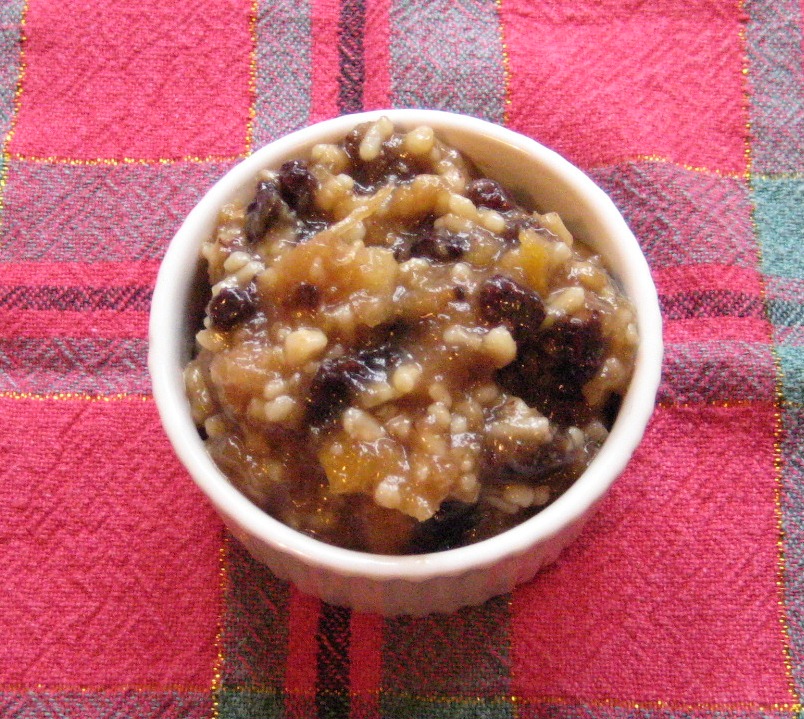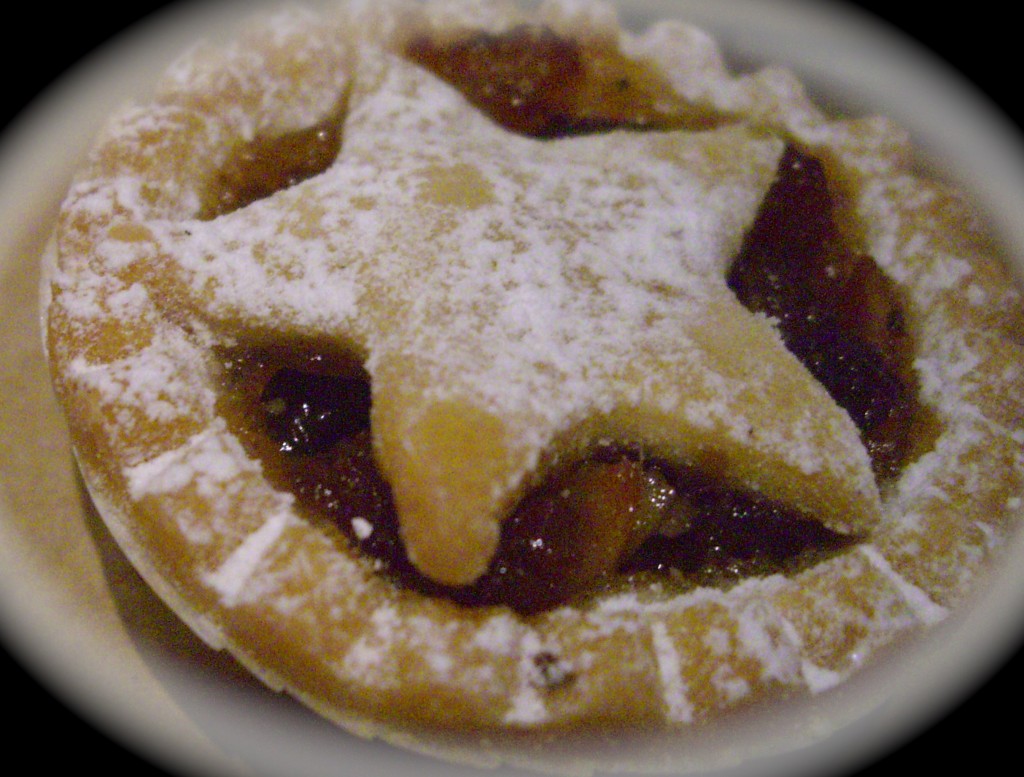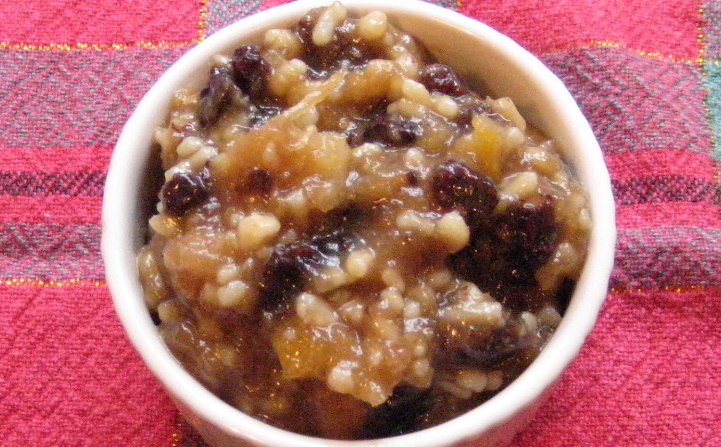Mrs Beeton’s Mincemeat from the London Food Museum
Making mincemeat may seem like an unnecessary effort when you can buy such good quality version in shops these days but as with most things, making it yourself really does make a difference. As a food that has been part of British eating for at least four centuries it is also a prime candidate for using a historic recipe which will most certainly make your mincemeat a bit different to what you can get elsewhere! Eighteenth century recipes tend to use lean meat in them as well as suet which is why I generally make Isabella Beeton’s 1861 recipe for Excellent Mincemeat. The only part which really requires any effort is roasting the apple and boiling up the lemon rinds, the rest is just a case of mixing it together and, of course, being patient enough to wait for two weeks before you use it!
For more historic recipes visit http://www.facebook.com/LondonFoodMuseum or follow @LdnFoodMuseum.
And for Rachel’s Mince Pie recipe click here.
1310 Excellent Mincemeat
Ingredients – 3 large lemons, 3 large apples, 1lb. of stoned raisins, 1lb. of currants, 1lb. of suet, 2lb. of moist sugar, 1oz. of sliced candied citron, 1oz. of sliced candid orange-peel, and the same quantity of lemon-peel, 1 teacupful of brandy, 2 tablespoonfuls of orange marmalade.
Mode – Grate the rinds of the lemons; squeeze out the juice, strain it, and boil the remainder of the lemons until tender enough to pulp or chop very finely. Then add to this pulp the apples, which should be baked, and their skins and cores removed; put in the remaining ingredients one by one, and, as they are added, mix everything very thoroughly together. Put the mincemeat into a stone jar with a closely-fitting lid, and in a fortnight it will be ready for use.
Seasonable – This should be made the first or second week in December.
From: Isabella Beeton, Beeton’s Book of Household Management, 1861
[Note: I just swapped the candied citron peel for a little extra mixed peel.]



